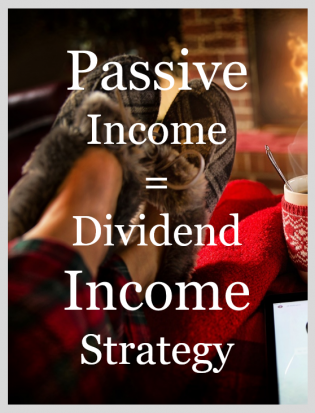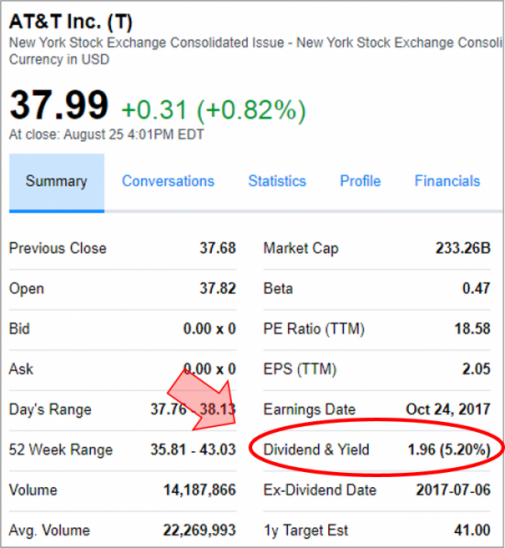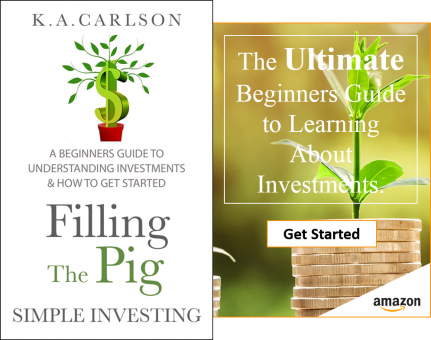I have always been interested in the subject of passive income, specifically how to create passive income opportunities – to some degree, you might say I‘m a bit obsessed. Why? because I believe it’s an important aspect of building wealth – kind of like having a 2nd job you don’t have to show up at but still get paid.
What is Passive Income?
Passive income is the ability to generate a consistent income stream without having to be actively involved. In general, the ability to generate passive income originates from two perspectives.
- Monetary – you have the money to make an initial investment which will, in turn, generate a passive income stream.
- You have time, or make time to create a product or service that once completed will generate a consistent revenue/income stream.
From a monetary perspective, the most common or most talked about passive income generator is a rental property. You buy a house, rent the house out and make money from the rental income.
The challenge with rental property is that once you start renting there is still some level of involvement in the process – i.e. finding a renter, maintaining the property and of course all the other incidentals associated with having someone else rent your property. (Can you tell I have done this one?) There are a lot of advantages to investing in real estate and having rental property, however for some rental properties can be more of a hassle than they are worth.
Authoring a Book
Writing an eBook or creating an online course is another option for creating passive income. Unlike owning a rental property that requires an upfront monetary investment, writing eBooks or creating an online course requires little to no capital. It only requires time.
Coming up with a great topic, actually writing the book and then marketing the book to generate a steady income stream can take time. And unless you really love to write isn’t for everyone.
But what do you do if you want to create passive income, but aren’t interested in rental properties or becoming an author?
If you have the money a dividend investment strategy is another option. And unlike rental properties and writing eBooks, the level of involvement in creating the passive income stream can be minimal.
Taking a Passive Approach to Stock Investing
When most think of stock investing strategies the perspective is to buy low and sell high, stocks are risky investments or maybe it conjures up thoughts of Wall Street tycoons making millions overnight. Regardless of what strategy you may think of the focus of these strategies is generally an aggressive approach to investing.
However, another way of investing in stocks and creating an effective income stream is to take a more subdued approach to investing in stocks. An approach that focuses heavily on dividend income and less on making money from the rise and fall of the actual stock you’re purchasing.
The dividend payout from the stock you own becomes your passive income stream.
Related Posts:
- Do You Know What a Dividend Is?
- Simple Investing with the Bucket Strategy
- Who is Morningstar?
- What is a Dollar-Cost Averaging Investment Strategy
- Understanding Robo-Advisors and Automated Investing Video
- The Effect of Compounding Interest or Rate of Return
- Research a Stock Using Yahoo Finance (video)
- Create an Investment Portfolio using Yahoo Finance (video)
How it Works
Here is an example of how a dividend investment strategy would work using AT&T as the stock of choice.
Yahoo Summary of AT&T Stock on 8/27/2017
Note that the dividend for AT&T stock is $1.96. This means that for each share of AT&T stock you own you will receive $1.96 in a dividend payout each year, or $.49 per quarter. (Dividends are typically paid quarterly)
The yield of 5.20% provides a perspective on the dividend payout in relation to the stock price. The dividend yield provides an indication of the return on investment once the stock is purchased. Generally, dividend income strategies will focus on stocks with a dividend yield in the 5-6% range.
From a dividend investment perspective and generating passive income, let’s take this example one step further.
If you were to consistently purchase shares of AT&T stock as a means of generating passive income over the next three years your passive income stream might grow something like this.
This example is designed to provide a simple perspective on how accumulating additional shares over time increases your passive income stream.
After three years of purchasing AT&T stock, you would be generating $2,175.60 in passive income annually or $181.30 on a monthly basis.
Of course, you need to have the money to purchase the AT&T stock to accumulate enough shares to reach this passive income level. However, the great thing about a dividend investment strategy is you can start with a small number of shares. And grow your investment over time. Dividend income strategies are generally thought of as a more long-term investment strategy. Especially if your goal is to accumulate enough stock to generate a passive income level you can live on.
What to Consider
When considering a dividend income strategy here are some key points you should consider when developing your stock portfolio.
- Similar to other investment strategies diversification of your investment portfolio is important. High yield dividend stocks from multiple companies and in different industries is a safe bet. (i.e. don’t stick all your eggs in one basket)
- The natural inclination is to select stocks that have a high dividend yield to maximize your payout. However, a high dividend yield does not always indicate a healthy company. Purchasing stock from a company that has a high dividend yield but goes out of business in the following year would cause you to lose any gains you may achieve from the dividend. Companies with a lower dividend yield but a track record of profitability, stock appreciation, and dividend growth are a better choice.
- Stocks that are typically recommended for a dividend income portfolio are companies that have shown progressive appreciation in their stock price and dividend over time. And from a revenue and profitability perspective will be around in the future due to their large customer base. Generally, these companies are slow growth but financially stable – considered “bellwethers” in their industry.
Think about what consumers need on a daily basis?
-
- Companies in the utility market sector are attractive because they have typically been around a long time and have a steady flow of revenue from their growing customer base. Electrical companies and telephone companies for example. Companies like AT&T, Verizon, Duke Energy or Great Plains Energy to name a few.
- The consumer staples sector is also an attractive choice because these companies manufacture essential items needed for everyday living, like toilet paper – that’s not going away anytime soon, or laundry detergent, and dish soap. Companies like Proctor & Gamble or Johnson & Johnson are prime examples.
- Companies associated with new or emerging high-tech industries are not generally considered good companies for a dividend income strategy. This is because most will reinvest dividends back into the company. A way of cultivating growth. And because their technology is new the long-term viability of the company is considered a risky venture.
How to Leverage a Dividend Income Strategy
Dividend income strategies are most often discussed in relation to retirement. Once you retire you invest in dividend-paying companies and then live off the passive income generated.
However, another approach to creating wealth before you retire is to re-invest the dividends you receive back into the company via a Dividend Reinvestment Program (DRIP).
DRIP allows you to purchase additional shares of the same stock via a company’s DRIP program. Without paying any brokerage fees. In time as you reinvest your dividends you accumulate more and more shares of the same stock. The same stock you’re collecting dividends on. At some point in the future, when you need the income you can opt-out of the DRIP process. And start receiving the dividend payouts in cash. (from a personal perspective this is a great way to build wealth)
Regardless of whether you reinvest your dividends through a DRIP program or receive a quarterly cash payment, a dividend income strategy is another approach to investing. An approach that can help you build wealth over time and create a passive income source.
Helpful Resources:
- Wealthsimple – Socially Responsible Automated Investing $0 Account Minimum
- Motley Fool – Stock Advisor Sign-up
- Simply Safe Dividends
- Filling The Pig YouTube Channel
Do you have a dividend income strategy? Comment below.
Sign up for a Kindle Unlimited Free 30 Day Trial and read the complete Filling The Pig finance series of books for free.




